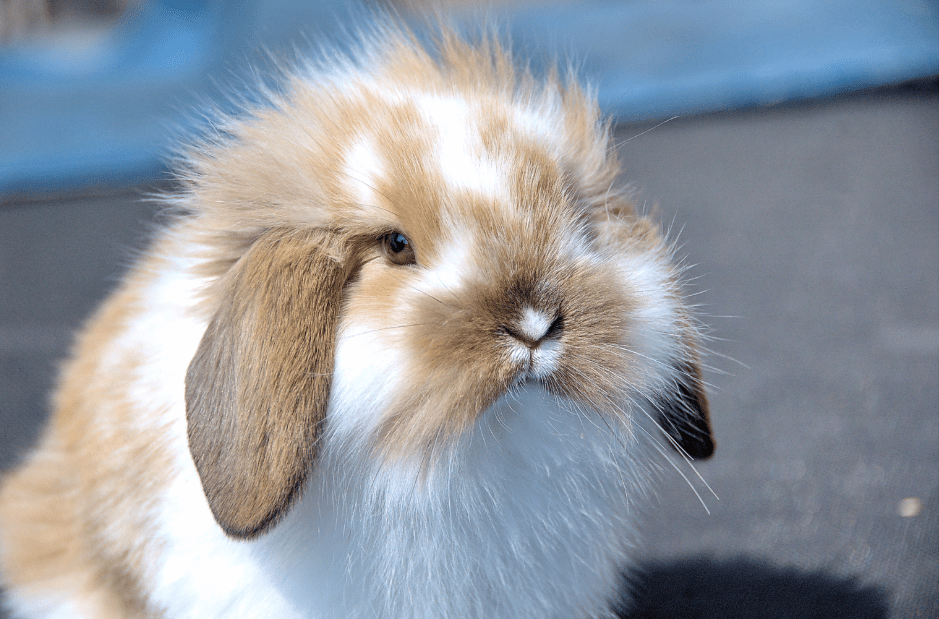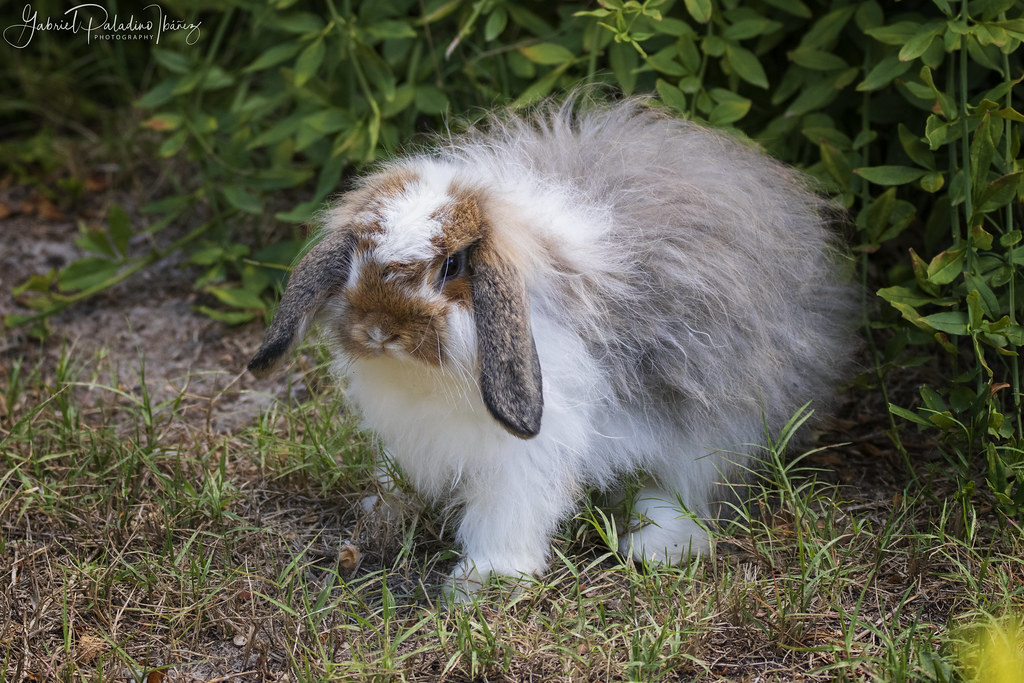
Here are answers to those questions about the American Fuzzy Lop rabbit:
1. What kind of grooming does the woolly coat of an American Fuzzy Lop require to stay healthy and tangle-free?
The American Fuzzy Lop has a dense, woolly coat that requires regular grooming to prevent mats and tangles. Ideally, brushing should be done at least 2-3 times a week, and more frequently during shedding seasons. Using a slicker brush or a comb designed for fine fur helps remove loose hairs and maintain the coat’s softness.
2. How does the woolly fur of the American Fuzzy Lop affect its temperature regulation compared to other rabbit breeds?
The thick woolly fur of the American Fuzzy Lop provides excellent insulation, which helps keep the rabbit warm in cooler temperatures. However, this also means they are more prone to overheating in hot weather. Owners should ensure a cool, well-ventilated environment during warm months and avoid excessive handling during heat to prevent heat stress.
3. What are some key characteristics of the American Fuzzy Lop’s expression that make it appear sweet and friendly?
The American Fuzzy Lop’s sweet expression is mainly due to its large, expressive eyes, rounded face, and distinctive floppy ears that frame the face softly. Their gentle demeanor and calm temperament also contribute to the overall impression of friendliness and affection.
4. Are there any special dietary needs to maintain the softness and quality of the American Fuzzy Lop’s woolly coat?
A balanced diet rich in fiber is essential for all rabbits, including the American Fuzzy Lop. High-quality hay, fresh leafy greens, and a limited amount of pellets help maintain healthy skin and fur. Omega-3 fatty acids (found in some rabbit-safe supplements) can also promote a shiny, soft coat. Adequate hydration is equally important.
5. How does the temperament of the American Fuzzy Lop complement its adorable woolly appearance and sweet expression?
American Fuzzy Lops are known for their gentle, friendly, and playful personalities. Their affectionate and calm nature matches their soft, woolly appearance perfectly, making them excellent companions who enjoy interacting with humans and often show a curious and loving demeanor.




Certainly! Here are some images of the American Fuzzy Lop rabbit, showcasing their woolly coats and sweet expressions:
For more photos and information, you can visit the following resources:
Feel free to explore these links for a closer look at this adorable breed!
The American Fuzzy Lop is a charming and distinctive breed of domestic rabbit known for its woolly coat and sweet expression. Here’s a bit about it:
Appearance
- Coat: The American Fuzzy Lop sports a dense, soft, woolly coat made up of longer, fine hairs that give it a fuzzy, plush look—hence the name “Fuzzy.” This wool coat requires regular grooming to prevent matting and keep it healthy.
- Size: They are a small breed, typically weighing around 3 to 4 pounds (about 1.4 to 1.8 kg).
- Ears: Like other lops, they have characteristic lopped ears that hang down the sides of their heads, adding to their adorable look.
- Face: Their face is compact with a sweet, gentle expression, often described as very endearing.
Personality
- American Fuzzy Lops are known for being friendly, playful, and sociable.
- They enjoy human interaction and can make wonderful pets.
- Their temperament is generally gentle, making them good for families.
Care
- Because of their woolly coat, they require regular grooming to prevent tangles.
- Like all rabbits, they need a proper diet of hay, fresh vegetables, and pellets.
- They also need a safe, clean living environment and regular exercise.
Fun fact
The American Fuzzy Lop originated in the United States, developed in the 1980s by crossing English Lops with French Angora rabbits to create that unique woolly fur combined with the lopped ear.